A puzzle using fractions, decimals and percentages.
Use this teaching resource when working with fractions, decimals and percentages.
Students are required to cut the polygons out. They are jumbled up, so they will need to put the puzzle back together by looking at the value and then placing the corresponding fraction, decimal or percentage next to it.
Students can stick the puzzle back together in their books.
An answer sheet is also provided.
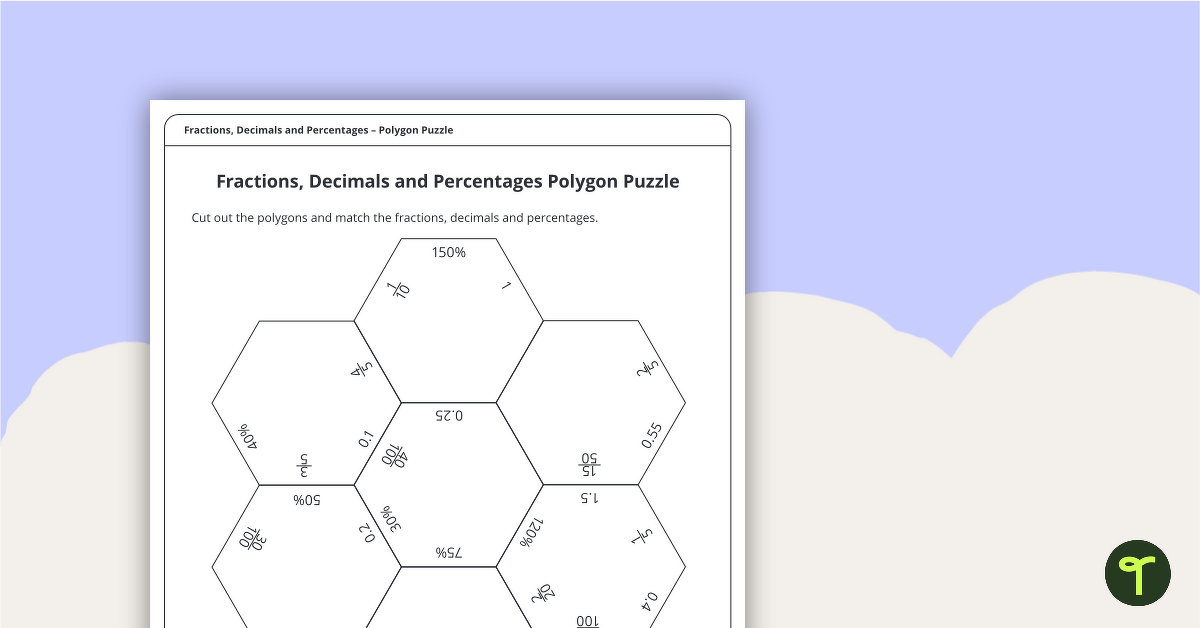

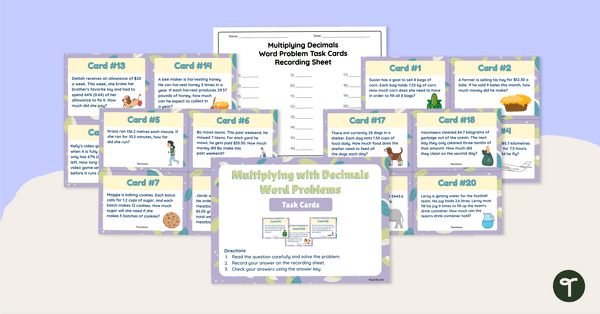
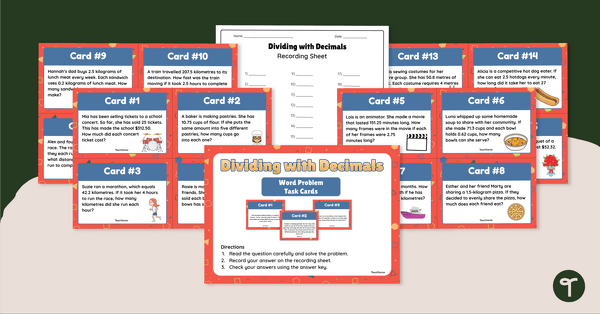
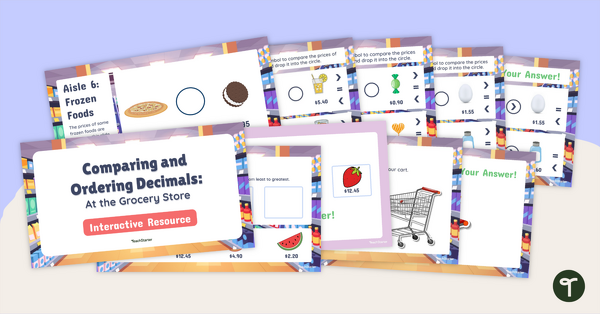

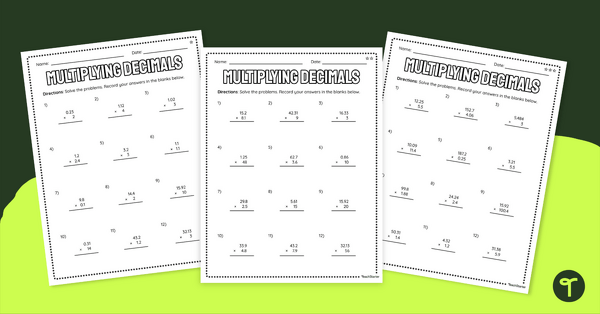
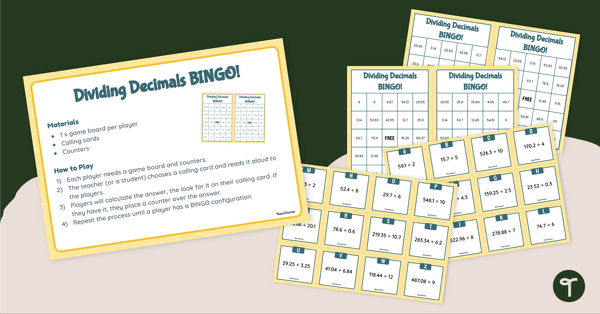

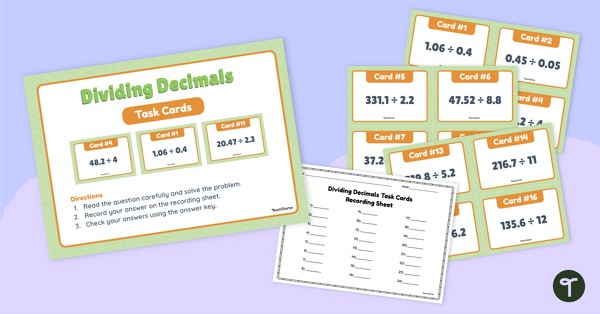

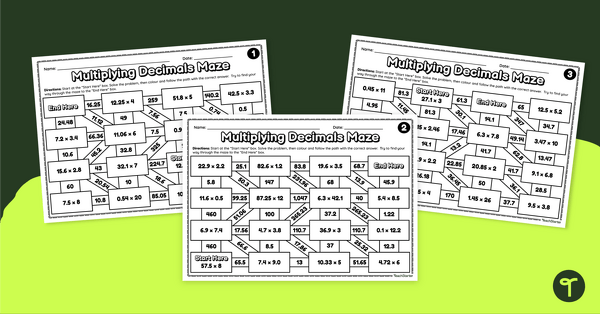
0 Comments
Write a review to help other teachers and parents like yourself. If you'd like to request a change to this resource, or report an error, select the corresponding tab above.